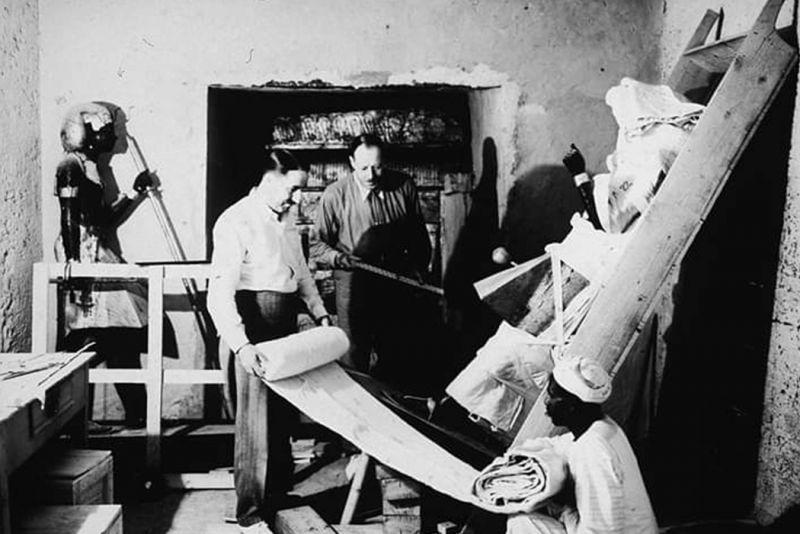Even if you’ve never had the chance to see King Tut or Tutankhamun's golden mask in person, you’ve probably heard of the famous Egyptian pharaoh from archaeology class. An Egyptian pharaoh and the boy king of ancient Egypt, King Tutankhamun (whose name means Living Image of Aten) has become one of the most well-known figures from the country’s long history. Even today, more than 3,000 years after his death in 1323 B.C., we still know next to nothing about Tutankhamun’s life—a fact that keeps people fascinated by him. Here are 11 amazing facts about King Tutankhamun you probably didn’t know.
1. The Tomb of King Tut in The Valley of The Kings was The Smallest
King burials in the ancient Egyptians often included enormous, lavish tombs, but it doesn't appear that this was the same for King Tut. King Tut's tomb was the smallest and least ornate of all the royal tombs in the Valley of the Kings. His little, hard-to-navigate tomb was discovered and dug into the valley floor. Archaeologists are now wondering why this decision was made after discovering this little tomb. some believed that King Tutankhamun, who died at the young age of 19, may not have had enough time to construct a more opulent tomb, according to some experts. Although some archaeologists still on the scene have suggested that King Tut's tomb may have undiscovered subterranean rooms, only time will tell if there is any validity to this notion.

2. Carter Was Not the First Person to Enter the Tomb
Even though Carter is regarded as the archaeologist who found King Tut's tomb, at least two other people had already broken into it. The tomb's doors were examined by archaeologists, who found that they had been broken into and then resealed at least twice. The resealed structure's analysis indicates that these intrusions took place roughly 3,000 years before Carter's crew stumbled across the tomb's entrance. Since many larger artifacts still exist, the tomb looters likely grabbed smaller goods, such as valuable beads and jewelry.

3. The Remains and Artifacts of Tutankhamun Remain in Egypt
The Egyptian government insisted that King Tut and his goods remain in Egypt, even though many of the artifacts found during earlier digs were taken out of the country for study. When King Tut's tomb was discovered, Egypt was attempting to renounce its allegiance to the British, therefore this demand was part of those discussions. Some archaeologists have created replicas of the unearthed artifacts for investigation and presentation outside of Egypt to investigate these artifacts in greater detail.
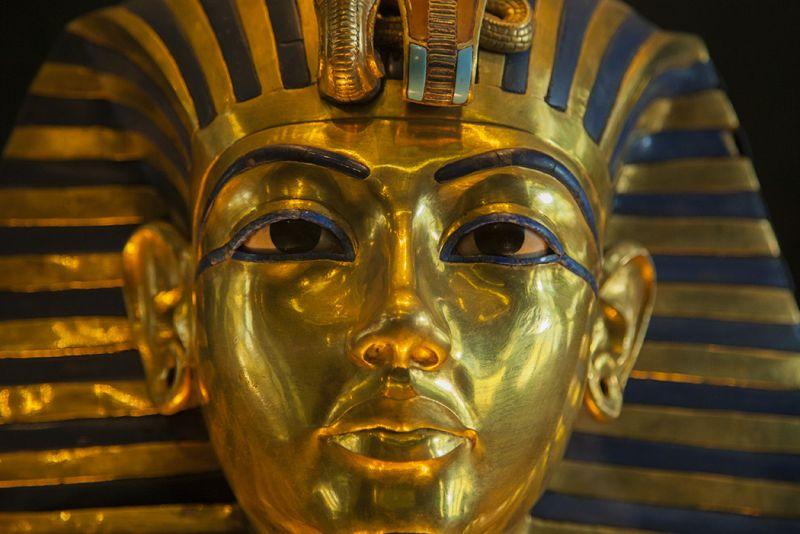
4. Tutankhamun was Discovered without a Heart
King Tut's lack of a heart is among the most intriguing details regarding his discovery. Even though it might appear unimportant, the heart was a highly revered organ in ancient Egyptian culture. Instead of the brain, the ancient Egyptians felt that the heart was the main organ of thought. Egyptians thought that the heart needed to remain so that the departed may access the hereafter, even if the majority of organs would be removed during mummification. According to Ancient Egyptian mythology, King Tut's mummy's lack of a heart meant that he was unable to enter the afterlife. Even while it is unclear why King Tut's heart was gone, some researchers speculate that it may have been kidnapped at some point by a foe to keep him from achieving the afterlife.
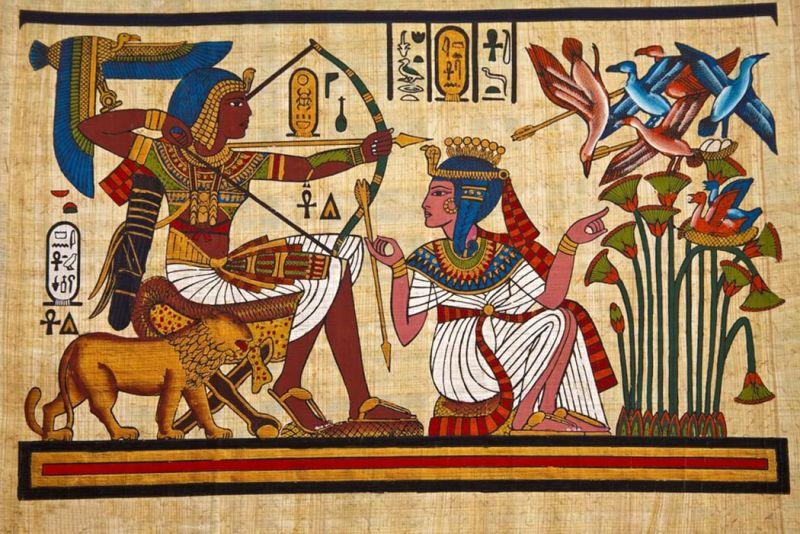
5. King Tut married his half-sister
Ankhesenamun, the spouse of King Tut, was the daughter of Akhenaten and Nefertiti. That made her Tutankhamun's half-sister or his full-sister, depending on whether the Nefertiti claim concerning his mother's identity is accurate. King Tut and his wife had two daughters, but both of them died shortly after birth. Their remains were subsequently mummified and buried in King Tut's tomb alongside him. Ankhesenamun outlived Tutankhamun and may have wed Tut's uncle, king Ay, following Tut's passing.
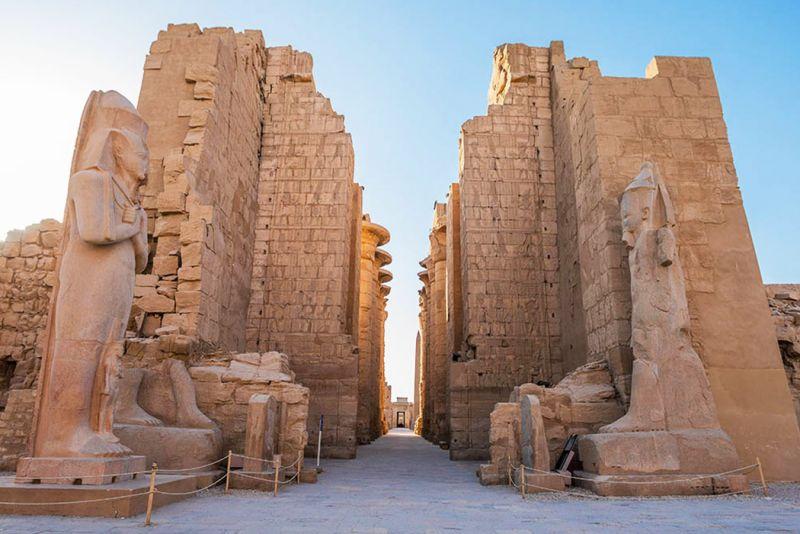
6. King Tut undid his father's efforts in the religious sphere
Given that his father, the pharaoh Akhenaten, had been a terrible leader, King Tut didn't need to do much to win the respect of his people. To concentrate on the worship of the sun god Aten, Akhenaten altered the existing religion, earning him the label of a heretic. The holy capital was likewise relocated by Akhenaten from Thebes to Amarna. When Tut assumed the throne, he reversed his father's reforms and reinstituted Thebes as the centre of religion. During his brief rule, this assisted him in gaining the confidence of his people.
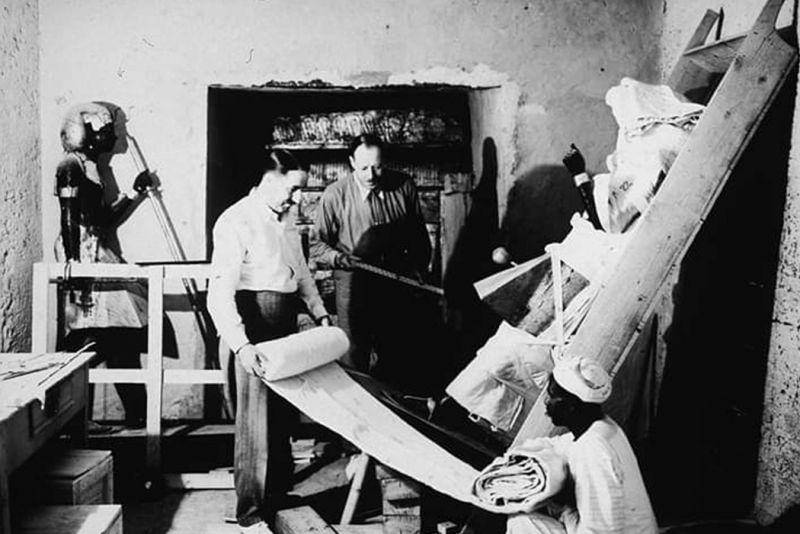
7. King Tut adopted a new name
Throughout his life, King Tut went by many different names. The name Tutankhaten, which means "living image of Aten," was given to him at birth. He changed his name to Tutankhamun, or the "living image of Amun," after ascending to the throne of Egypt. Tut's devotion to the god Amun, whom his father had disregarded in favor of the god Aten, was reflected in this alteration. King Tut is the name most people use to refer to Tutankhamun today.
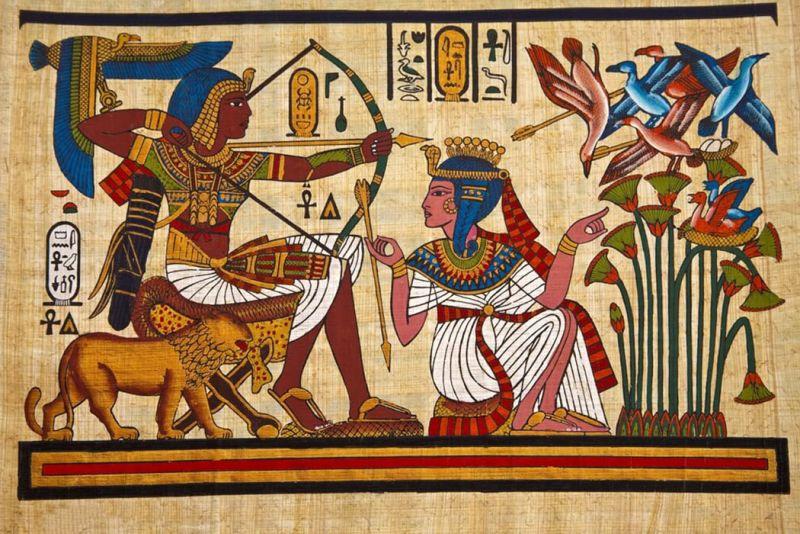
8. Nobody knows how the young king died
Interracial bone pieces discovered in a 1968 x-ray led to the conclusion that he was killed with a blow to the head. However, it appeared that modern unwrapping was to blame for this damage.
In 2013, a claim that the king had died in a chariot accident surfaced due to missing ribs and portions of the chest wall. The chest wall was still there when the body was photographed during Carter's excavation in 1926, nevertheless. The beaded collar was stolen, and it appears that the thieves also caused damage to the chest wall.
9. The carpenters for Tutankhamun did a poor job
When Tutankhamun was brought to rest, his mummified body was arranged like a set of Russian dolls inside a nest of three golden coffins. The largest casket proved to be too huge when they attempted to fit these into the stone tomb. The cover couldn't close because the toes were visible. the Carpenters removed the coffin's toes, leaving the shavings on the sarcophagus floor in their haste.
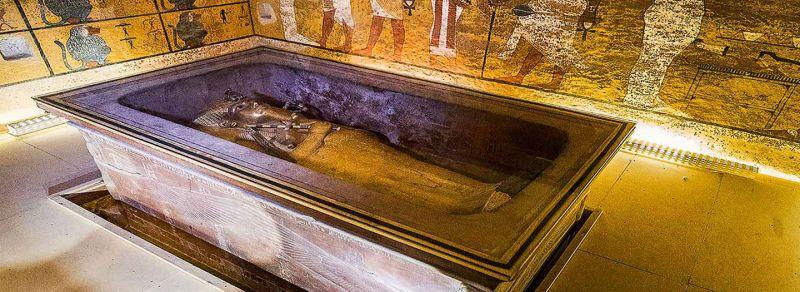
10. He owned more than 150 walking sticks
To aid in the movement of his clubbed foot, which he typically covered with orthopedic sandals, Tutankhamun was interred with 150 walking sticks. He could always crush his adversaries because these sandals contained paintings of them on the soles.
11. King Tut was buried with a meteorite-forged knife
One unusual item found in Tutankhamun's tomb was a dagger fashioned from a meteorite. The mummy's body contained the dagger when it was discovered. The blade's iron content included 10.8% nickel and.58% cobalt. The iron's high nickel content suggested that it was not from Earth, but rather a meteorite.

Conclusion
King Tutankhamun was a ruler that left his mark on the world, both in death and in life. His story is fascinating and has enough twists to keep you on your toes. He will be remembered as one of the most well-known Egyptians to have ever lived.
related tours
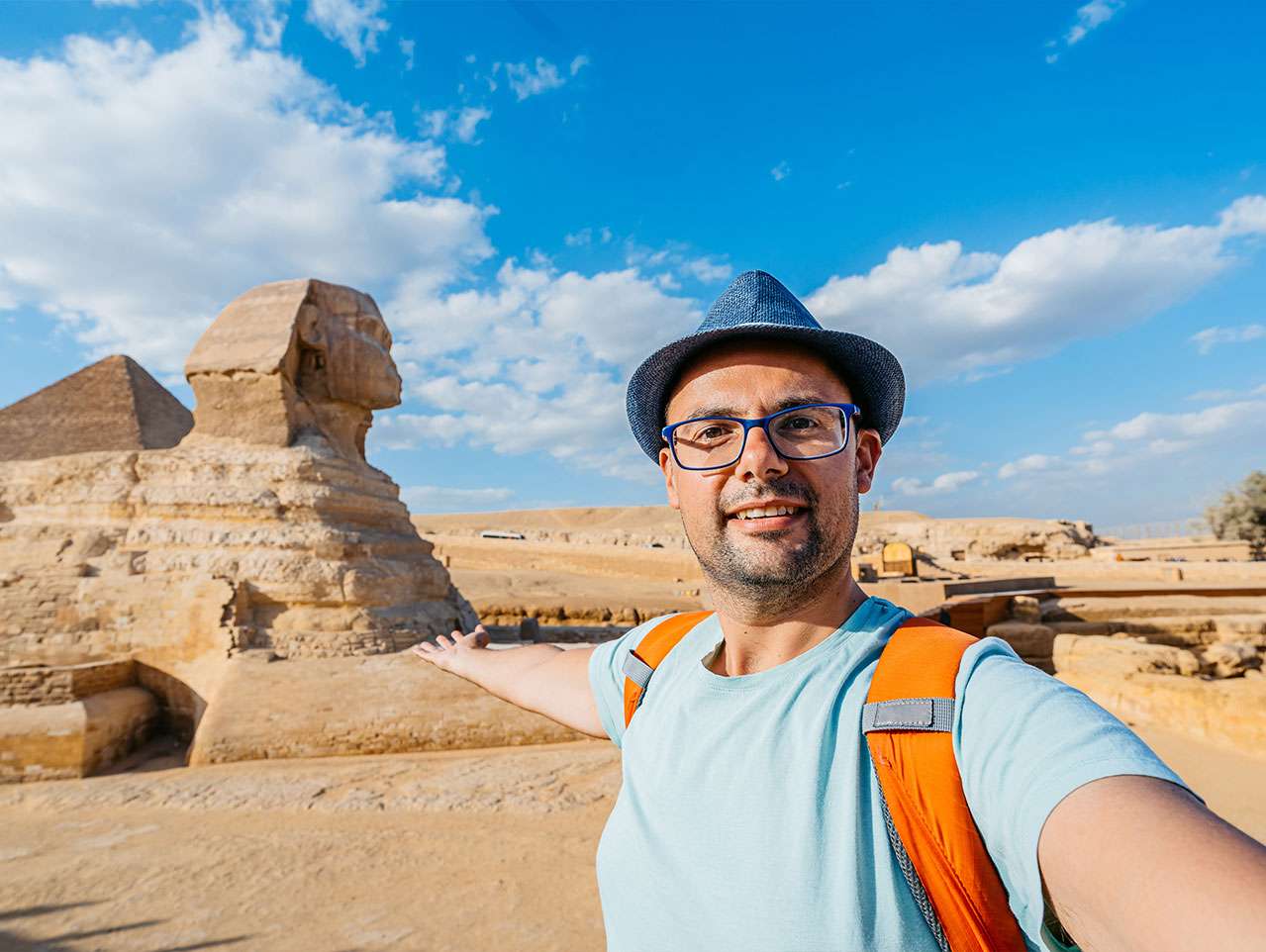
Egypt Tour : Giza Pyramids & Nile Cruise
8 Days / 7 Nights
From
$ 1099
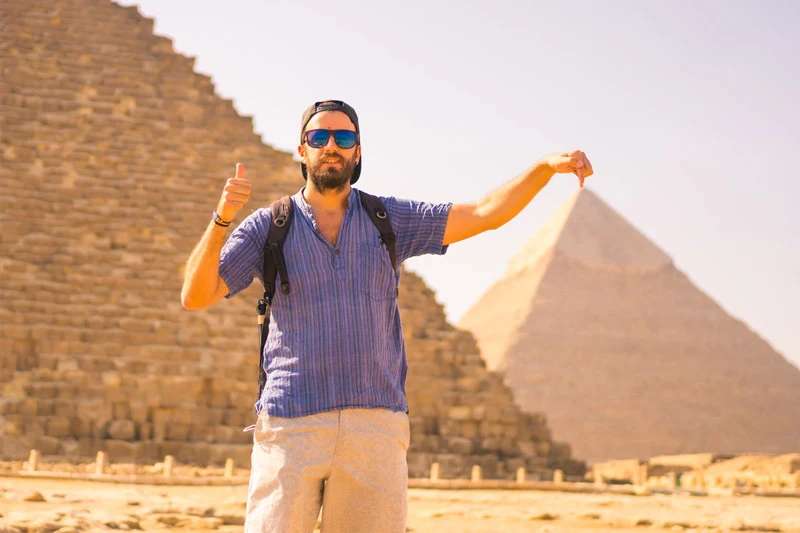
Egypt Vacation Package
12 Days / 11 Nights
From
$ 1699

Egypt Tour Packages: Cairo Luxor Tour
5 Days / 4 Nights
From
$ 1015
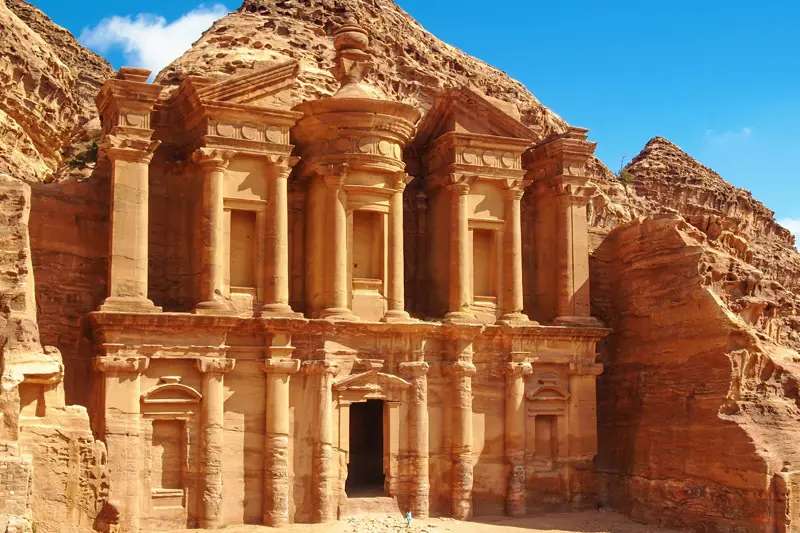
Egypt & Jordan Ancient Wonders Tour
12 Days / 11 Nights
From
$ 2269
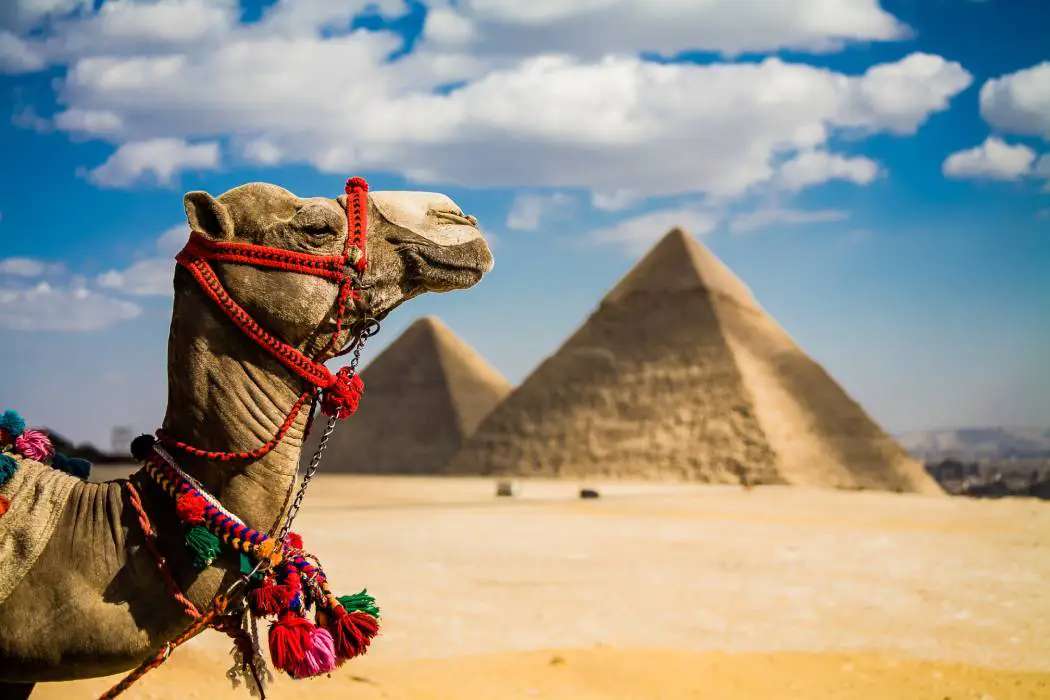
Egypt, Jordan and Jerusalem Signature Tour
13 Days / 12 Nights
From
$ 2759

